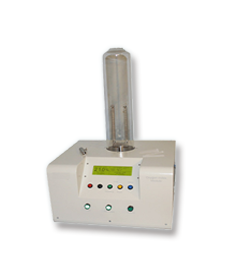
NewsInformation Center
What is the difference between Loi and the oxygen index test?
2023/05/25
Both the Loi test and the oxygen index test are testing methods used to evaluate the flame retardancy of materials, but they have some differences.



The Loi test refers to the Limiting Oxygen Index Test, which is a test method for quantitatively evaluating the flame retardant properties of materials. This test measures the minimum oxygen concentration required by a material to support combustion under specific conditions (usually a fixed oxygen concentration and temperature). The higher the value, the harder the material is to burn. This test method is commonly used to evaluate the flame resistance of materials such as plastics, rubber, and textiles.
The oxygen index test is another test method used to evaluate the flame retardancy of materials. It is a measure of the minimum oxygen concentration required by a material to support combustion under specified conditions (usually in a vertical state, at a fixed oxygen concentration and temperature). This test method is also commonly used to evaluate the flame retardancy of materials such as plastics, rubber, and textiles.

While both test methods involve measuring the oxygen concentration of a material, they are tested under different conditions and therefore their results may vary. In practical applications, select the appropriate test method for testing according to the needs to evaluate the flame retardant performance of the material.
Previous: What are the different types of mask testing equipment?
N e x t : What is the ignition resource of the 45° flammability test?



